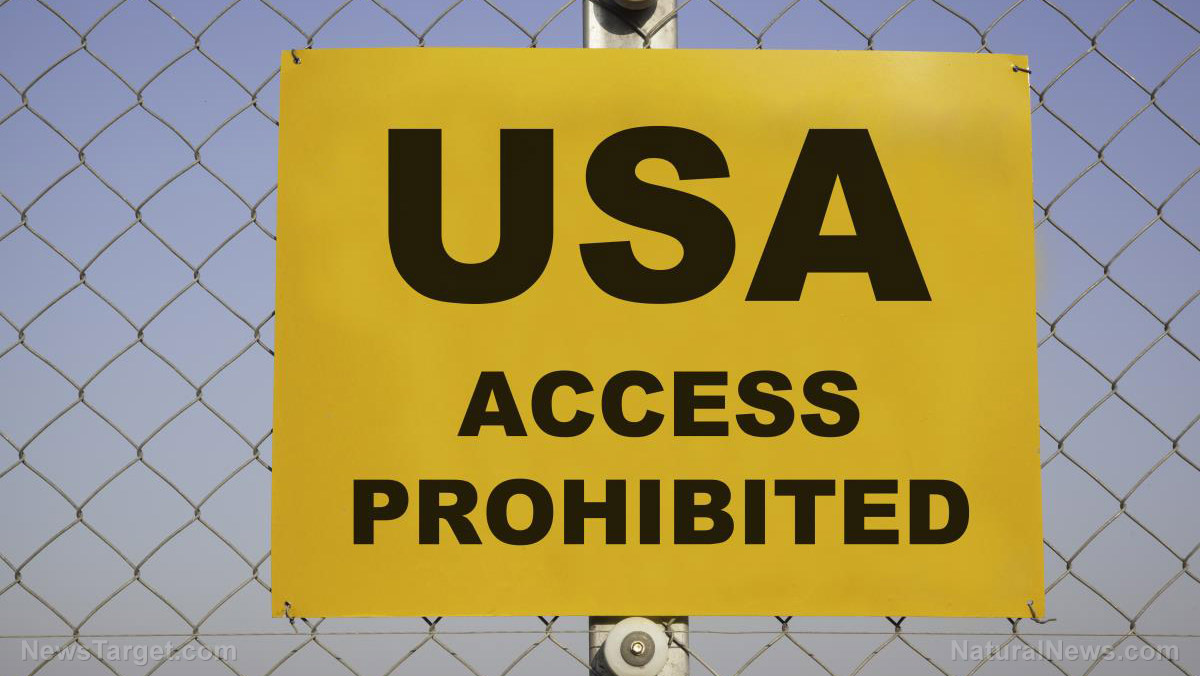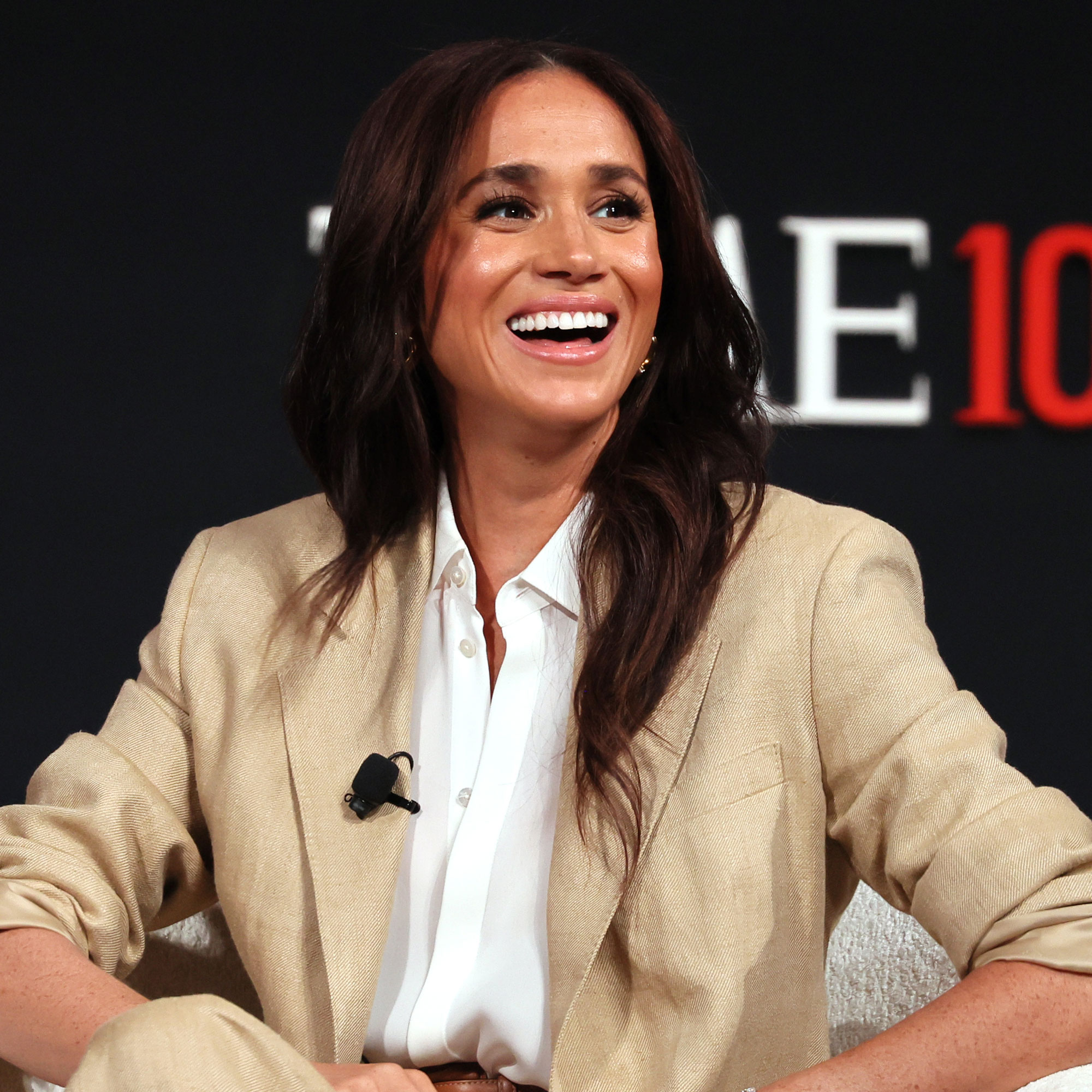Inside the Fight Over Trump’s Foreign Policy
His administration is locked in a secret struggle over America’s role in the world.

This is an edition of The Atlantic Daily, a newsletter that guides you through the biggest stories of the day, helps you discover new ideas, and recommends the best in culture. Sign up for it here.
If there’s one thing people thought they knew about Donald Trump’s second term, it was that he would take the fight to Iran. “The Iran Deal was one of the worst and most one-sided transactions the United States has ever entered into,” he declared seven years ago, when he pulled America out of the nuclear accord and reimposed crippling sanctions on the regime. Less than two years later, Trump ordered the killing of Iran’s top general, Qassem Soleimani. In return, Iran allegedly targeted former Trump officials and Trump himself for assassination. On the 2024 campaign trail, Trump and his allies argued that his “maximum pressure” approach to Iran had prevented war in the Middle East, whereas sanctions relief provided by Presidents Barack Obama and Joe Biden had enabled the regime to flood its proxies with cash, leading to the October 7 Hamas attack on Israel.
And yet, Trump has spent the past few months making nice with Iran. Although he has repeatedly threatened the country with military strikes, the president has made clear that he prefers to resolve differences diplomatically, and in the past month, the two sides have engaged in talks aimed at hammering out a new nuclear deal that appears similar to the original one. The approach has drawn unexpected praise from former Obama-Biden officials and alarm from many conservatives. “This new deal will preserve Iran’s latent nuclear weapons capabilities—centrifuges, scientific expertise, and unmonitored sites,” facilitating “a simple reconstitution in the future,” warned the pro-Trump Middle East analyst Michael Doran, dubbing the proposed arrangement a return to “Obamaland.”
This turnaround is the product of a struggle for control over the administration’s foreign policy that has been unfolding behind closed doors. Today, many of the big names who set the agenda for Trump’s first term—his son-in-law Jared Kushner, Secretary of State Mike Pompeo, United Nations Ambassador Nikki Haley, Director of Policy Planning Brian Hook, Middle East Envoy Jason Greenblatt, Israel Ambassador David Friedman—are conspicuously absent. Some have even had their security details revoked. Staffers who worked under them and elsewhere in the previous Trump administration have been kept out of the current administration; some Trump 1.0 staffers who made it in were fired.
The reason for this shake-up is simple: In 2016, Trump didn’t expect to win, wasn’t prepared to govern, and didn’t have a universe of professionals around him waiting to take power. This void allowed a small group of individuals in the president’s orbit—some from the Republican establishment and others from Trump’s personal life—to exercise outsize influence over his policy, including in the Middle East. They helped Trump make moves that upended the region, such as the Abraham Accords and the Soleimani assassination. In 2025, however, Trump entered office with a retinue of staffers divided into competing camps, each pulling the president’s policy in different directions.
These players include Middle East Special Envoy Steve Witkoff, Trump’s personal Swiss Army knife, who has been dispatched to resolve conflicts in Ukraine, Gaza, and Iran. A real-estate developer with no diplomatic experience, Witkoff nonetheless holds the key to credibility with foreign leaders: the trust of his friend, the president. Adam Boehler, the administration’s special envoy for hostage response, has also been elevated in authority. He recently negotiated directly with Hamas, a dramatic break with past U.S. policy that alarmed Israel, in an abortive attempt to free the American hostage Edan Alexander. These men operate independently, largely on the instructions of the president.
At the same time, Secretary of State Marco Rubio, National Security Adviser Michael Waltz, and the Witkoff deputy Morgan Ortagus have represented traditional Republican foreign-policy priorities. They are deeply suspicious of the Iranian theocracy and its proxies, and inclined to amp up the pressure on them. These figures have been opposed by neo-isolationists within the administration, led by Vice President J. D. Vance, who seek American retrenchment from world affairs following decades of military misadventures overseas. Vance’s internal allies in this endeavor include Donald Trump Jr. and Director of National Intelligence Tulsi Gabbard. Externally, Vance has been boosted by an array of far-right influencers, including the top conservative talker Tucker Carlson, who has sought to realign America against its traditional European allies and toward Vladimir Putin’s Russia, and whose conspiratorial harangues against “warmongers” and “neocons” have shaded into coded attempts to blame Jewish actors for subverting the country against its national interest.
Publicly, the administration’s officials maintain the appearance of complete alignment on foreign policy. Privately, it is another story entirely. The Trump team’s stark divides were evident in the Signal chat that inadvertently included The Atlantic’s editor in chief, Jeffrey Goldberg, in which Vance vocally opposed Trump-ordered air strikes on Yemen’s Houthis, claiming that the group’s attacks on international shipping should be Europe’s problem. Indeed, once one understands that a subterranean struggle for influence is taking place within the Trump administration, many other odd developments begin to make more sense.
On April 14, Witkoff told Fox News that the goal of his negotiations with Iran was to compel it to cap—but not eliminate—its enrichment of nuclear material, a position in line with the old Obama-era deal. One day later, however, he backtracked on social media, writing that Iran must “eliminate its nuclear enrichment and weaponization program”—only to seemingly return to the more lenient position during this past Saturday’s talks with Iran. These fluctuations reflect fundamental differences of opinion within the White House.
The disagreements have spilled out onto Capitol Hill. Last month, when a group of Republican senators criticized Vance over his apparent reluctance to confront the Houthis, the vice president referred reporters to Donald Trump Jr., who retorted in a statement, “These seven cowardly neocons attacking JD anonymously are genuine pussies.” This bizarre deployment of the president’s son by Vance against GOP members of Congress seems somewhat less bizarre when one grasps that the two men are allied on foreign policy against the Republican establishment. The same dynamic also explains why former Senate Majority Leader Mitch McConnell has repeatedly voted against Trump’s neo-isolationist nominees.
Other fights over personnel have taken on an ideological valence. Last week, the Pentagon fired several top aides to Defense Secretary Pete Hegseth. Subsequent reporting indicated that the three men, rather than having been removed over policy considerations, might be casualties of a leak investigation and internal rivalries in a chaotic Defense Department. (The three have denied wrongdoing.) But that didn’t stop Carlson from interviewing one of them, Dan Caldwell, a longtime friend and colleague of Hegseth’s, and dubiously insinuating that Caldwell had been fired due to a sinister “warmonger” scheme to ignite conflict with Iran.
The White House’s factional infighting might seem dysfunctional, but it is actually quite normal. Most administrations are composed of competing camps attempting to persuade the president to steer the ship of state in their preferred direction. It was the concentration of power in the hands of a small number of like-minded individuals during the first Trump administration that was unusual—and unsustainable. Once people recognized that Trump was not a fluke but a force, they enlisted in his campaign in order to gain influence and power in any future administration. Now they are cashing in, sidelining previous Trump allies, altering past Trump policies, and attempting to turn the MAGA movement into a vehicle for advancing their own ideas.
Related:
Here are four new stories from The Atlantic:
- Tesla’s remarkably bad quarter is even worse than it looks.
- Tim Walz is running for something.
- Trump’s plan to sell out Ukraine to Russia
- The David Frum Show: The crises of due process
Today’s News
- President Donald Trump and Vice President J. D. Vance called for Ukraine to accept a cease-fire plan that strongly favors Russia’s interests.
- The National Institutes of Health will draw from Americans’ private health records as part of Health Secretary Robert F. Kennedy Jr.’s initiative to study autism.
- Elon Musk told Tesla investors yesterday that he will take a major step back from running DOGE next month and refocus on Tesla. The company’s first-quarter earnings report for 2025 shows that profits dropped 71 percent from the same time last year.
Evening Read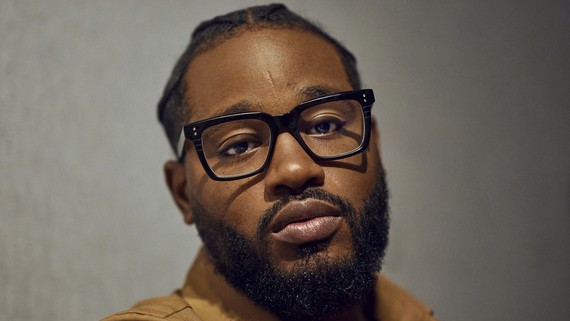
Ryan Coogler Didn’t Want to Hide Anymore
By David Sims
Sinners is Coogler’s first entirely original work—a strange, heady piece of horror set in the Jim Crow Deep South over the course of a single evening. A pair of identical twins (both played by Michael B. Jordan) have returned home after years spent fighting in the German trenches and bootlegging in Chicago, only to be pitted against a coven of vampires. The film reimagines the time period as something seductively magical: when the blues that emerged from the Mississippi Delta was so culturally potent that it could even attract the attention of the undead.
More From The Atlantic
- Why has America ignored its best addiction treatment?
- Trump is vulnerable on immigration.
- They dreamed of Hitler.
- The Supreme Court has no army.
- Progressive Christianity’s bleak future
Culture Break
Read. Why do novelists love to imagine great historical figures as detectives? Talya Zax writes about how these murder-solving characters let readers glimpse the minds of geniuses.
Take a sip. Organ meat is in some smoothies now. Here’s how offal became a trendy food—in grocery stores and online, Valerie Trapp writes.
Stephanie Bai contributed to this newsletter.
Explore all of our newsletters here.
When you buy a book using a link in this newsletter, we receive a commission. Thank you for supporting The Atlantic.
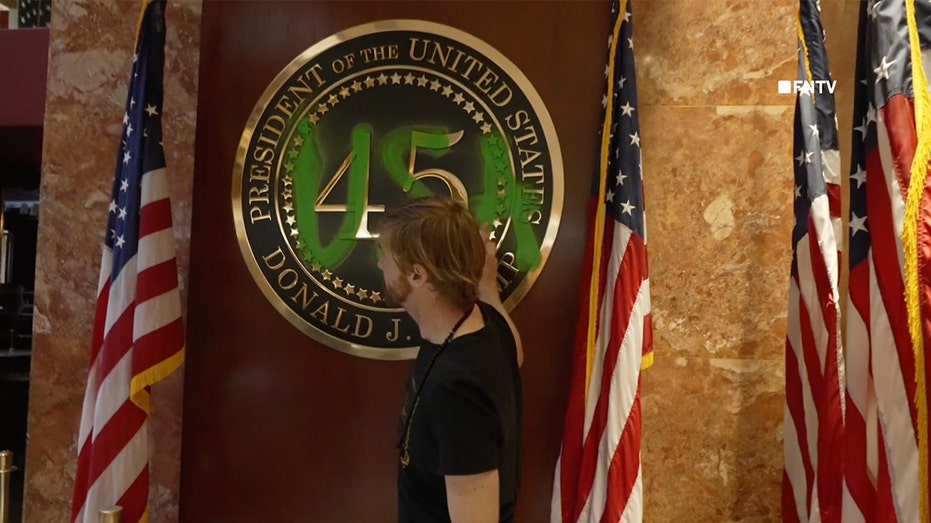
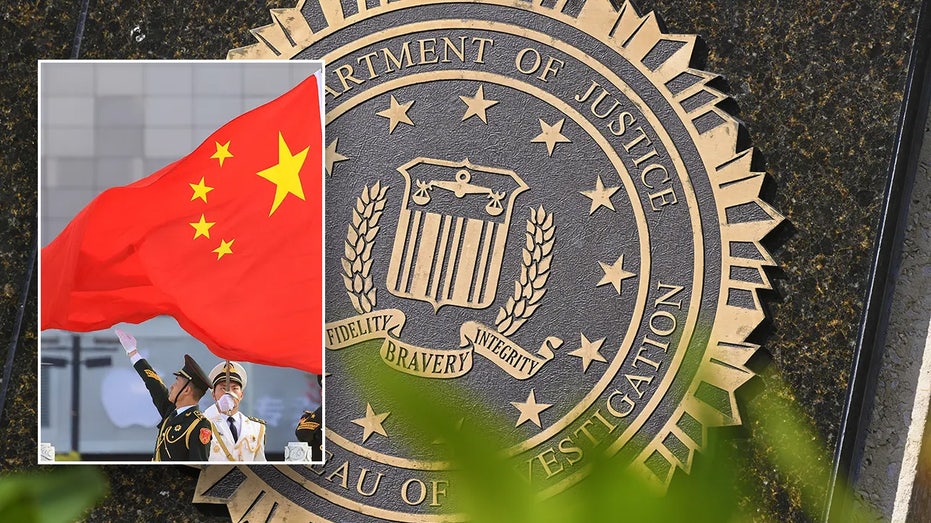










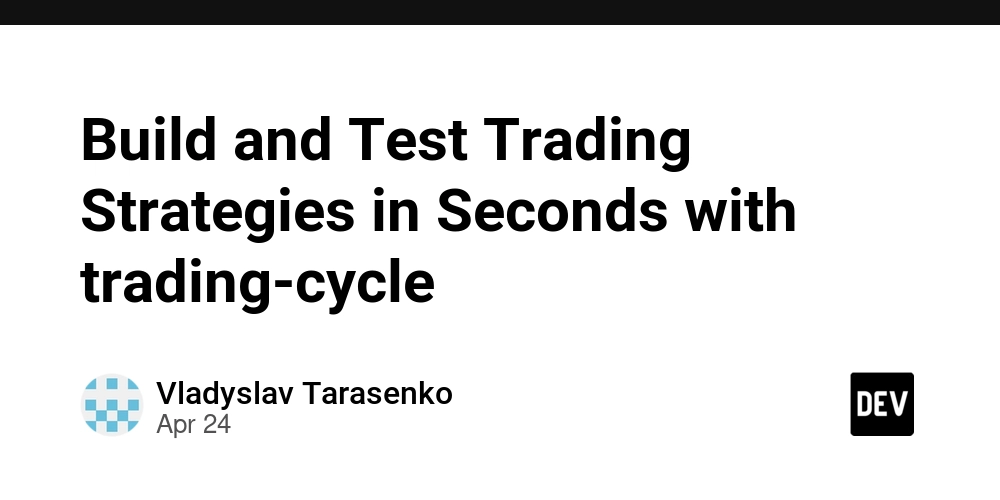




_Olekcii_Mach_Alamy.jpg?width=1280&auto=webp&quality=80&disable=upscale#)






















